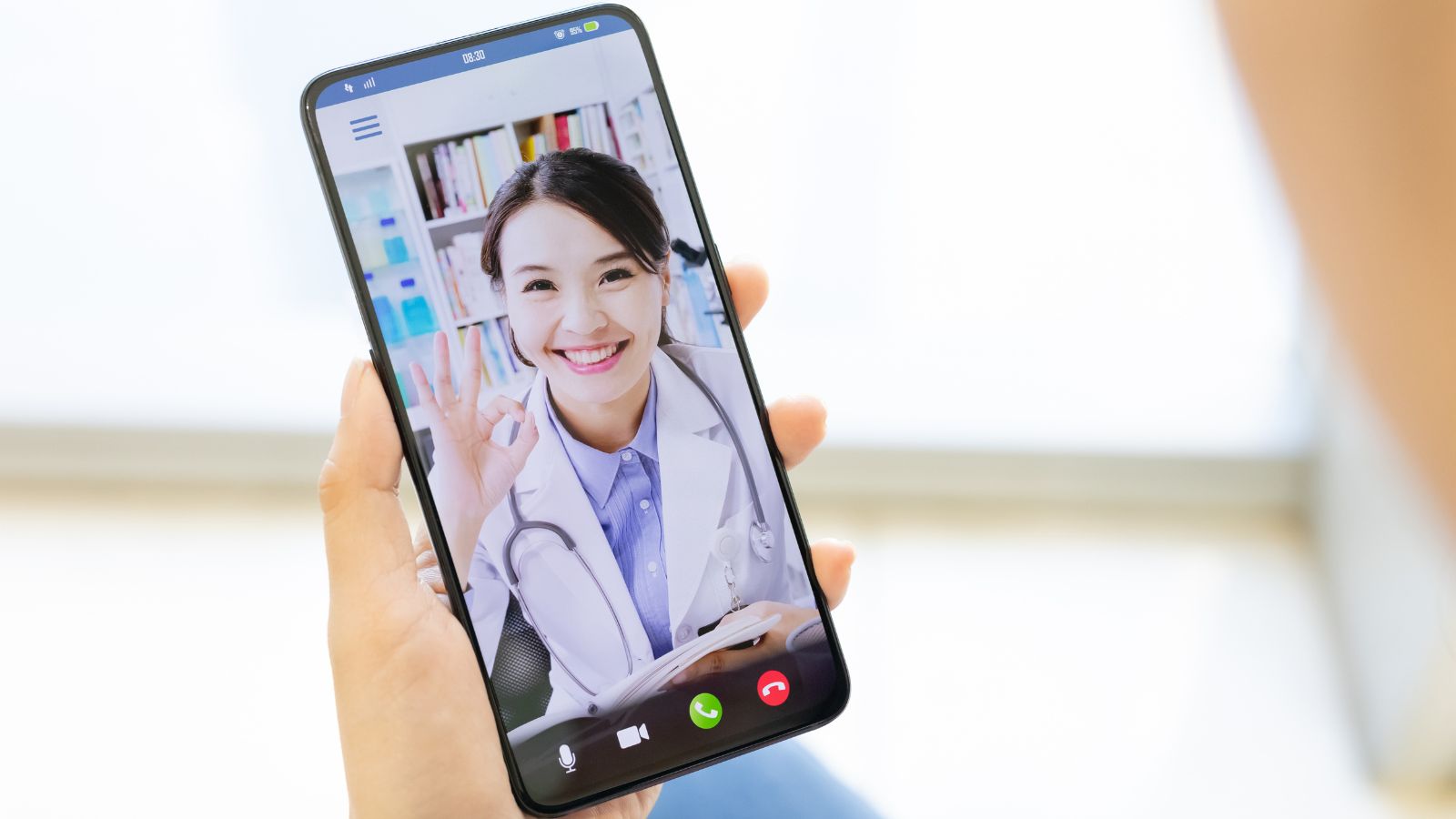A new app, a blinking cursor, a camera lens waiting for your face. The moment you open a video chat platform, the world narrows to a screen, but the possibilities widen. For many, the appeal is simple: chat with strangers, see new faces, hear voices from other cities, other continents. The thrill is real, but so is the risk. Every connection is a door, and not every door leads somewhere safe.
Some users look for something more specific a space where identity can be explored without fear. The rise of trans video chat communities has created new opportunities for honest conversation, but also new challenges for privacy and respect.
What’s at Stake: The Details Behind the Screen
Personal data is currency. Every time you sign up, you hand over pieces of yourself: a name, an email, sometimes even a location. Apps collect, store, and sometimes share this data. The question is, with whom? And for what purpose? Not all platforms are equal. Some encrypt calls end-to-end, others leave gaps wide enough for strangers to slip through.
The camera is always watching. A green light glows, and suddenly your living room is visible to someone else. What’s in the background? Who else is in the room? Even a quick call can reveal more than you intend. Screenshots, recordings, and even silent observers — these are not just stories, but real risks.
Common Threats: What Users Actually Face
- Unwanted recording or screenshots
- Data leaks from insecure servers
- Phishing links in chat windows
- Impersonation and fake profiles
- Harassment or exposure to inappropriate content
- Location tracking through metadata
- Weak passwords and account takeovers
Each threat is a crack in the wall between private and public. Some are obvious, others almost invisible until it’s too late.
How to Protect Yourself: Practical Steps
Awareness is the first defense.
Before joining any call, check the app’s privacy policy. Does it mention encryption? Does it explain how your data is stored? If the answers are vague, think twice.

Control your environment.
Blur your background or use a virtual one. Remove personal items from view. If possible, use a separate account for video chats, not your main email.
Stay alert during the call.
If someone asks for personal information, pause. If a link appears in the chat, don’t click without checking. Trust your instincts if something feels off, end the call.
Update and secure.
Keep your app updated. Use strong, unique passwords. Enable two-factor authentication if available.
Final Thoughts: What Really Matters
Every video chat is a meeting of two worlds: yours and someone else’s. The technology is powerful, but it’s not perfect. Privacy and safety are not just features — they are habits, choices, and sometimes, boundaries you draw for yourself. The right app can open doors, but only you decide which ones to walk through, and how much of yourself to bring along.


